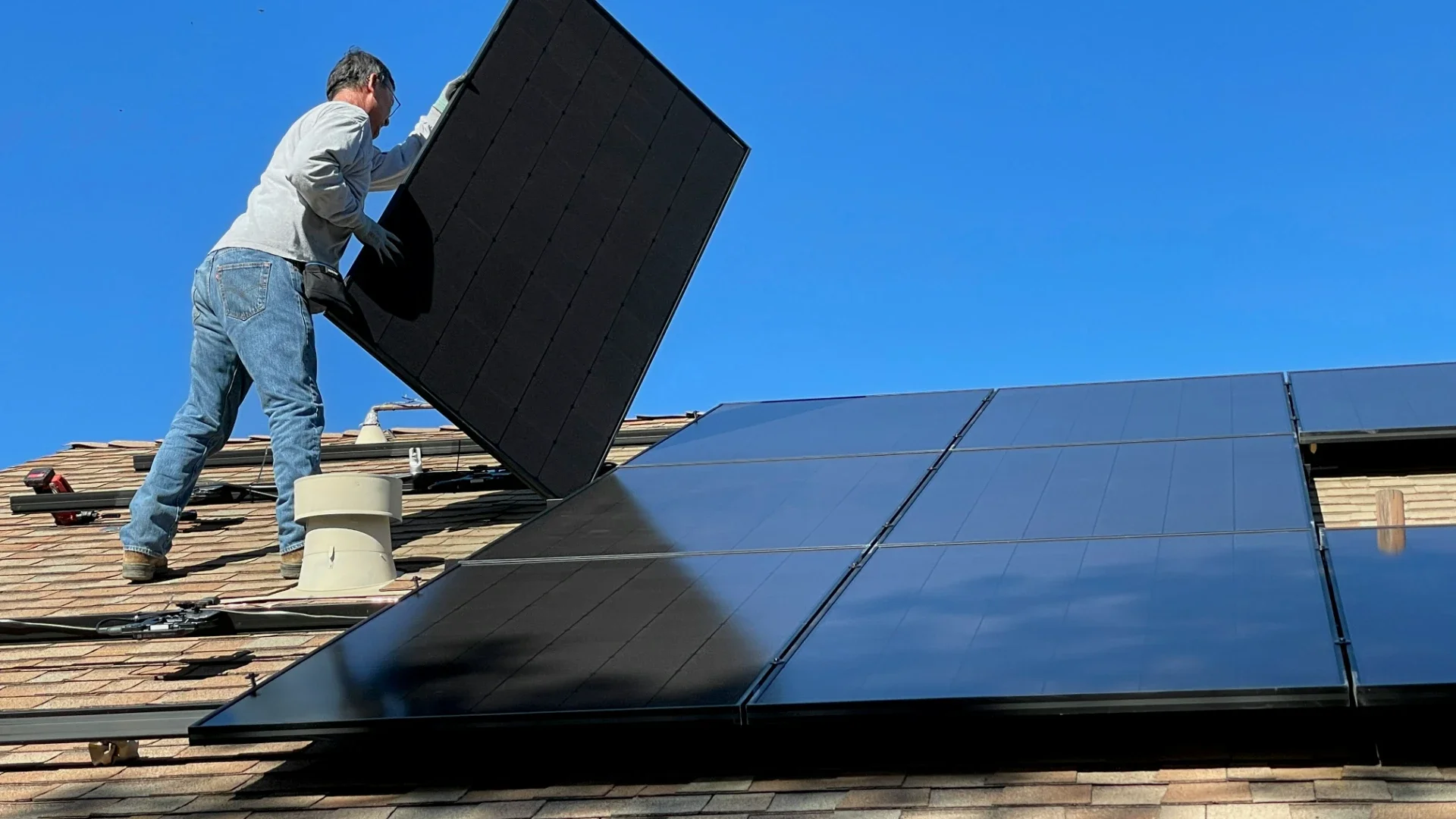
Solar Panels for Home: A Complete No-BS Guide for Homeowners
- Jackson Whitmore
- Home improvement , Energy
- August 12, 2025
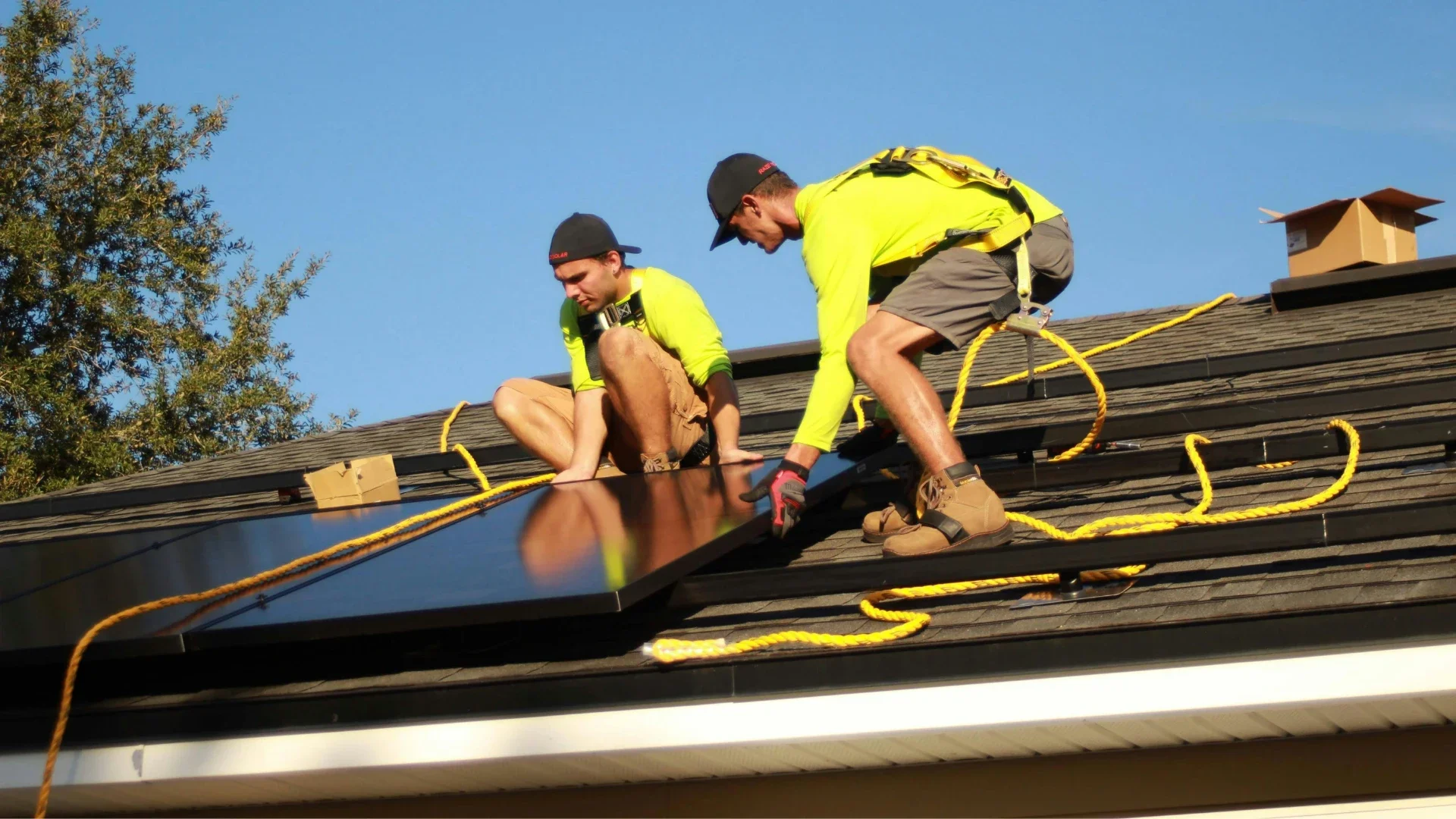
Let’s be honest, opening your monthly electric bill probably doesn’t spark joy. It’s more like a tiny, soul-crushing paper cut you get every 30 days. But what if you could shrink that bill to almost nothing? What if you could tell your utility company, “Thanks, but I’ve got it from here”?
Welcome to the world of solar panels for home use. It’s not just for off-grid hermits and tech billionaires anymore. Everyday homeowners are making the switch, and if you’re curious about joining the solar revolution, you’ve come to the right place. This home solar guide will walk you through everything. Grab a coffee, and let’s dive deep.
How Do Solar Panels for Home Actually Work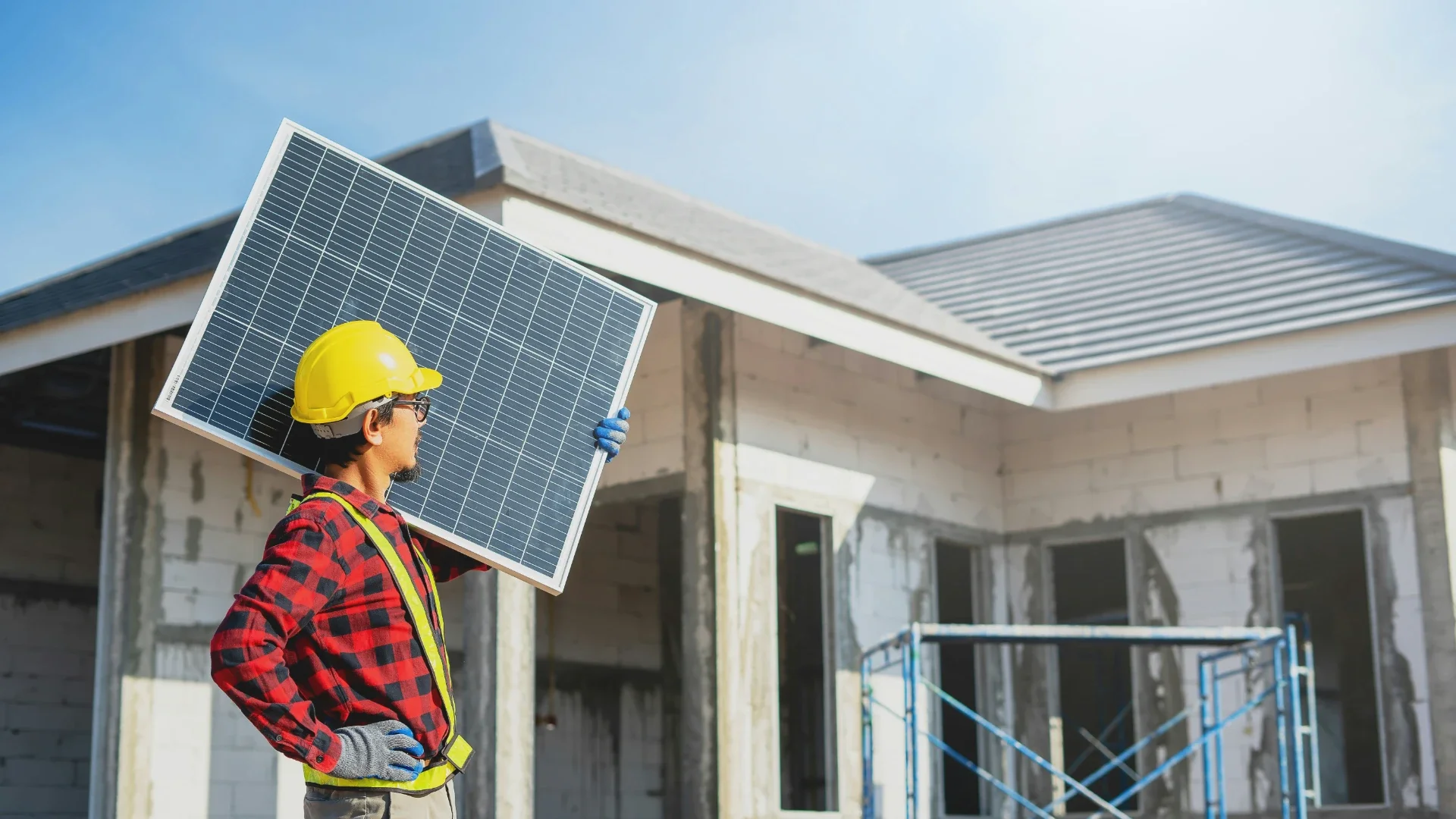
It sounds like science fiction, but it’s surprisingly simple. Think of it like a personal power plant on your roof. Here are the key players:
- Solar Panels: These are the stars of the show. They’re made of photovoltaic (PV) cells that get excited when sunlight hits them. This excitement creates an electric current. It’s a bit like how a plant uses sunlight for photosynthesis, but instead of a flower, you get pure, clean electricity.
- Inverter: Your panels make DC power, but your house and all your gadgets speak AC. The inverter is the universal translator, converting that DC power into usable AC power. It’s the quiet, hardworking brain of the whole operation.
- Racking: This is the tough, skeletal framework that bolts the panels to your roof. You want this to be solid. It’s engineered to laugh in the face of wind, rain, and snow for decades.
- Batteries (The Cool, Optional Upgrade): Want to keep the lights on when the grid takes a nap? A battery is your ticket. It stores all the extra energy your panels soak up during the day, creating a personal power reserve for nights and outages. It’s the key to true energy independence.
Okay, But What’s In It For Me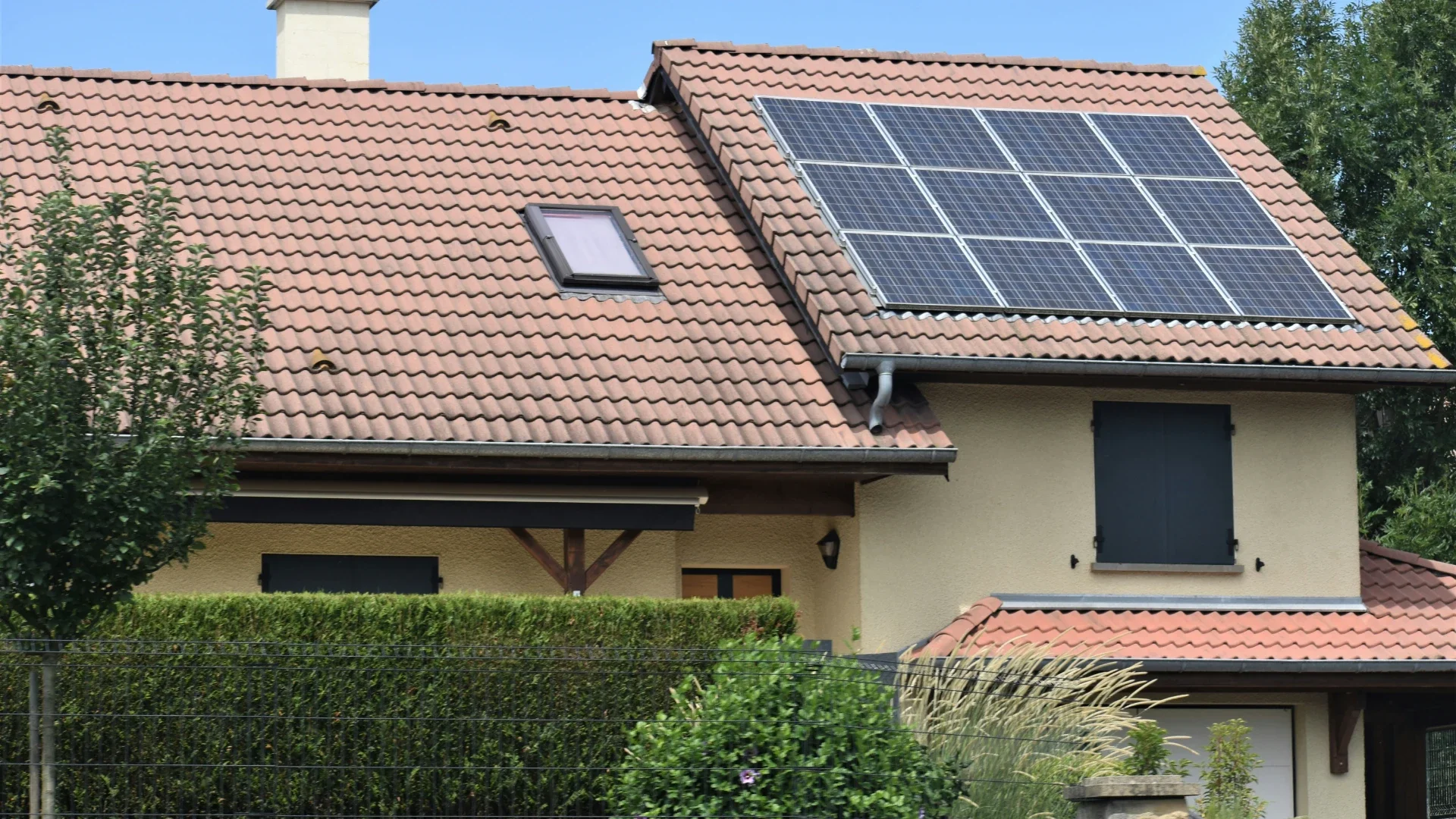
Fair question. Deciding on solar panels for home is a big decision, but the payoff is huge.
- Kiss Those Monster Bills Goodbye: This is the big one. A well-designed system can slash your electricity bill by 70-90%. We’re talking about saving thousands of dollars over the years. That’s a new kitchen, a family vacation, or just a whole lot more peace of mind.
- Boost Your Home’s Value: Installing solar panels for home is an upgrade that actually pays you back. Studies consistently show that homes with solar sell faster and for more money. It’s a feature that tells buyers, “This house is smart, efficient, and cheaper to run.”
- Become an Environmental Rockstar: Feel good about your power source. A typical installation of solar panels for home can offset the same amount of carbon as planting over 150 trees a year. You’re literally making the world a cleaner place from your own rooftop.
- Energy Independence: With a battery, you’re not just saving money; you’re buying freedom. The next time a storm knocks out the neighborhood’s power, you’ll be the one with the lights on, calmly making popcorn.
Choosing the Right Gear for Your Solar Panels for Home
You’ll hear installers throw around terms like “monocrystalline” and “microinverter.” Here’s a quick cheat sheet so you can nod along knowingly.
- Solar Panels: The two main flavors are monocrystalline and polycrystalline. Monocrystalline panels (usually black) are more efficient and perform better in low light, but they cost a bit more. Polycrystalline panels (usually blue) are less expensive but also slightly less efficient. For most homeowners, the sleek look and higher efficiency of mono panels are worth the small premium.
- Inverters: This is a surprisingly important choice. A string inverter is one box that handles all your panels. It’s the cheapest option, but if one panel gets shaded, the whole system’s output can drop. Microinverters are tiny inverters attached to each individual panel. They’re more expensive, but they’re more efficient (shade on one panel doesn’t affect the others) and let you monitor each panel’s performance. It’s the top-shelf choice for maximizing your power production.
Choosing Your Solar Adventure: System Types
This isn’t a one-size-fits-all deal. You’ve got options.
- Grid-Tied (The Standard Choice): You’re still connected to the utility grid, which acts like a giant, free battery. When you produce more power than you use, you send it to the grid and get credit. When you need more, you pull from the grid. Simple, effective, and the most affordable option. The only catch? If the grid goes down, your system does too for safety.
- Off-Grid (The Rebel): For the true renegade. You completely cut ties with the utility company. This requires a beefy battery bank and a backup generator because you are your own power company now. It’s the most expensive route and requires you to be mindful of your energy use, but the payoff is total independence.
- Hybrid (The Best of Both Worlds): Can’t decide? Get a hybrid system. You’re tied to the grid, but you also have a battery. This means you get the reliability of the grid, plus backup power for outages. It’s the ultimate setup for those who want it all.
Also Read: The Framework Laptop 12: Redefining Personal Computing with Modularity and Sustainability
How Many Solar Panels for Home Do I Need?
It’s not a guessing game. It boils down to two things: how much power you use and how much sun your roof gets. A good installer will look at your last 12 months of utility bills to figure out your average consumption. Then, they’ll use some fancy software to map out your roof’s “solar window”—how much usable sun it gets, avoiding shade from trees or chimneys.
They’ll design a system to meet your goals, whether that’s covering 100% of your usage or just offsetting the most expensive peak hours. It’s all about finding that sweet spot.
The Cost of Solar Panels for Home and How to Pay for It
Alright, let’s address the elephant in the room: the solar panel cost. It isn’t cheap, but it’s an investment—like buying a house instead of renting. The average system can run you about $15,000 to $25,000 before incentives. But here’s the secret: the panels and hardware are only a fraction of that cost. The rest goes to the design, permits, and skilled labor to get it all installed perfectly.
And how do you pay for it? You’ve got options:
- Pay Cash: If you can swing it, this gives you the best return. No interest, no fees, just pure savings from day one. You own the system outright and get all the financial benefits.
- Solar Loan: The most popular route. You can get loans with zero down, and the monthly payment is often less than your old electric bill. You’re basically just swapping one bill for a smaller one that eventually disappears. You still own the system and get the tax credits.
- Lease/PPA: Think of this as “solar-as-a-service.” A company puts their panels on your roof, and you pay them a monthly fee. It’s a good way to get the benefits of solar with no upfront cost, but you won’t own the system or get the best financial returns. It’s a solid choice for those who can’t use the tax credit.
The Payback Question: When Do Solar Panels for Home Pay for Themselves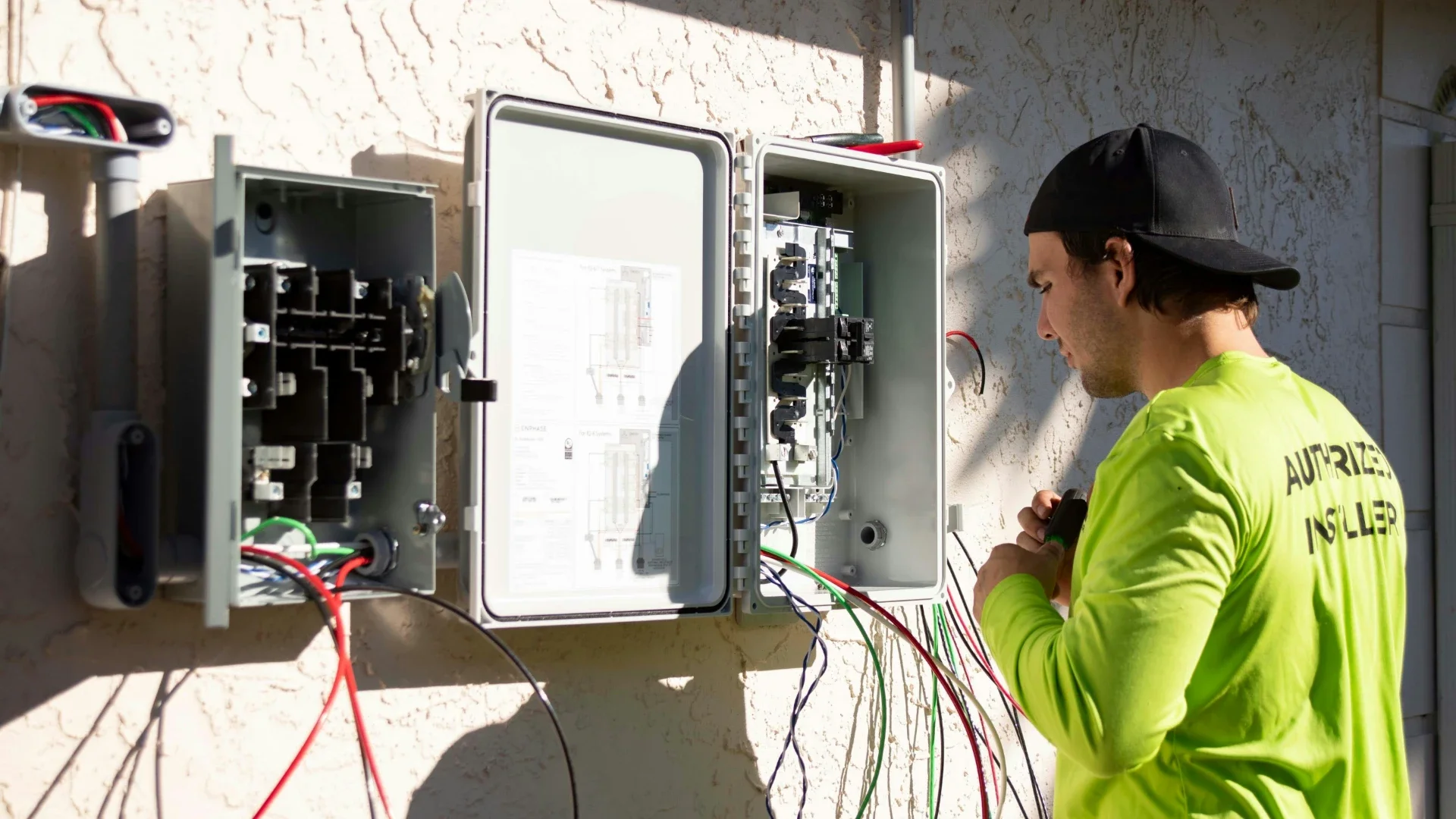
This is the million-dollar question. The solar payback period is the time it takes for your electricity bill savings to equal the total cost of your system. On average, in the U.S., this is somewhere between 8 and 12 years. After that, every kilowatt-hour your panels produce is pure profit.
With a system warrantied for 25 years, that means you could have 15+ years of free electricity. When you think about it that way, the return on investment (ROI) is often better than the stock market—and a whole lot more predictable.
Your Secret Weapon: The Federal Solar Tax Credit
Here’s where it gets really good. The government wants you to go solar, so they’re giving you a massive incentive: the federal solar tax credit. This is a 30% credit. This isn’t a measly deduction; it’s a dollar-for-dollar credit off the taxes you owe. On a $20,000 system, that’s $6,000 right back in your pocket. It’s the single best way to slash the cost of your system.
The Nitty-Gritty on Warranties
Your solar panels for home come with three key warranties. Don’t let your eyes glaze over; this is important.
- Product Warranty: This covers the physical panels, inverters, and racking against defects. This is typically 10-25 years.
- Performance Warranty: This guarantees your panels will still produce a certain percentage of their original output after 25 years (usually 80-85%). It’s your protection against a system that degrades too quickly.
- Workmanship Warranty: This comes from your installer and covers the labor. It protects you against leaks or other issues caused by the installation itself. Look for at least 10 years here.
Solar Myths: Busted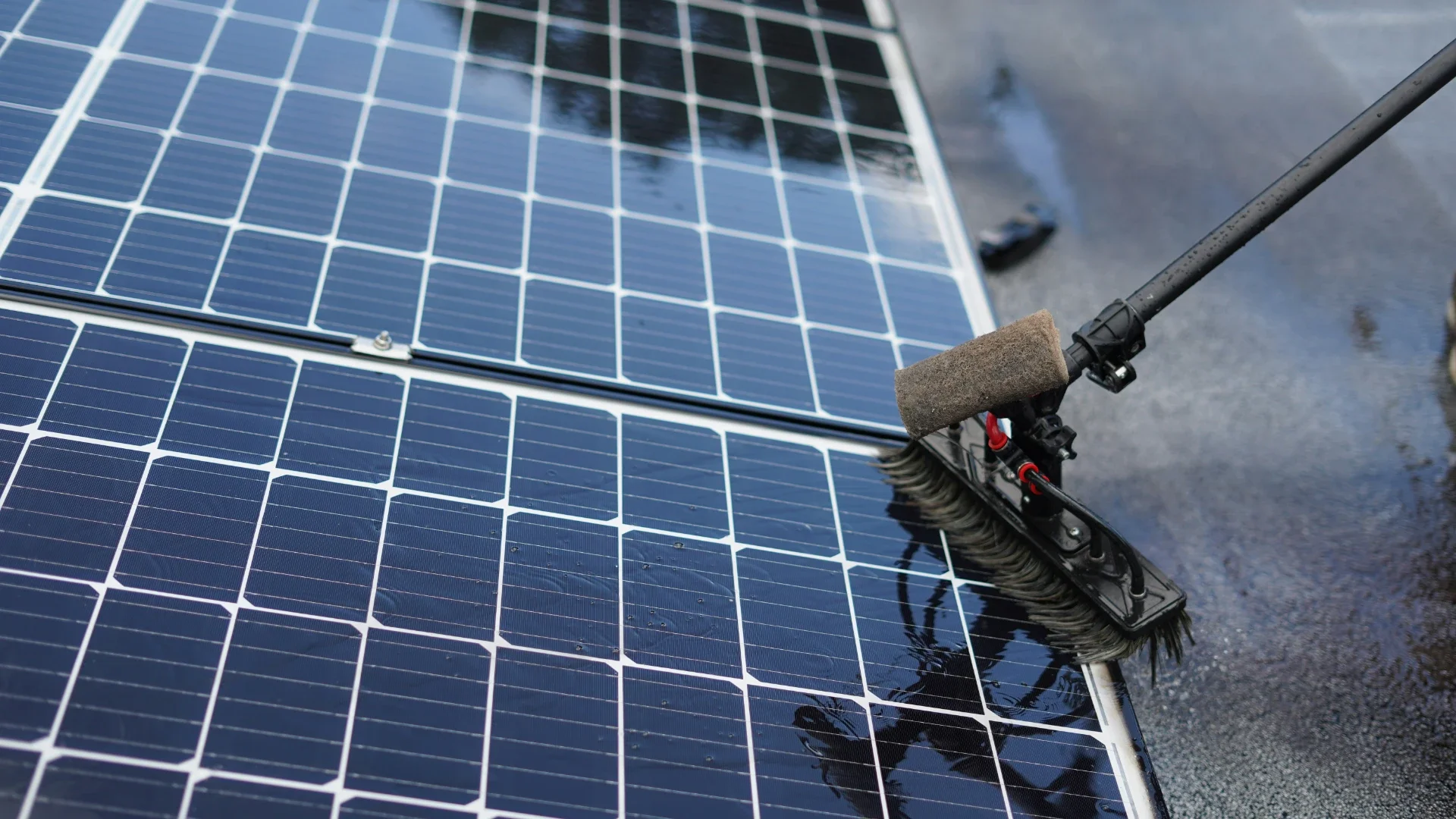
- Myth: Solar panels don’t work in cold or cloudy climates.
- Reality: Solar panels work on light, not heat. In fact, they’re more efficient in cooler temperatures. And while output is lower on cloudy days, they still produce power. Germany, a cloudy country, is a world leader in solar.
- Myth: Solar panels will damage my roof.
- Reality: A professional solar panel installation will not damage your roof. In fact, the panels can even protect the section of the roof they cover from the elements, extending its life.
- Myth: I have to clean my solar panels all the time.
- Reality: Nope. Rain is usually enough to keep them clean. Unless you live somewhere with very little rain and a lot of dust, you can pretty much ignore them.
The Takeaway
Hopefully, this guide makes it clear that investing in solar panels for home is one of the smartest home improvement projects you can tackle. It’s a win for your wallet, a win for the environment, and a win for your own peace of mind. The journey might seem complex, but with a little research and a great installer, you’ll be running on sunshine before you know it.
P.S. Looking for more ways to automate your home? Check out our Ultimate Guide to the MAMMOTION LUBA 2 AWD Robotic Lawn Mower .

